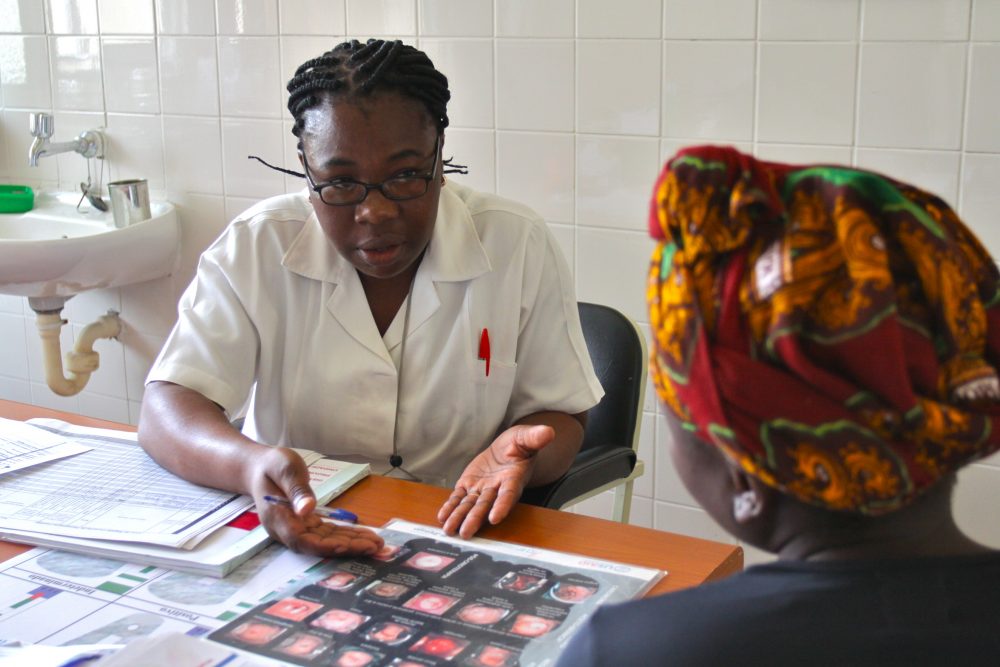Gender and Health Fact Sheet

Gender refers to the socially constructed characteristics of women and men – such as the norms, roles and relationships that exist between them. Gender expectations vary between cultures and can change over time
Fact Sheet
Key facts
- Gender norms, roles and relations can influence health outcomes and affect the attainment of mental, physical and social health and well-being.
- Gender inequality limits access to quality health services and contributes to avoidable morbidity and mortality rates in women and men throughout the life-course.
- Developing gender-responsive health programmes which are appropriately implemented are beneficial for men, women, boys and girls.
- It is necessary to disaggregate data and conduct gender analyses to identify sex and gender-based differences in health risks and opportunities and to design appropriate health interventions.
- Addressing gender inequality improves access to and benefits from health services.
Introduction
Gender refers to the socially constructed characteristics of women and men – such as the norms, roles and relationships that exist between them. Gender expectations vary between cultures and can change over time. It is also important to recognize identities that do not fit into the binary male or female sex categories. Gender norms, relations and roles also impact the health outcomes of people with transgender or intersex identities.
“Sex” vs. “Gender”
While most people are born either male or female (biological sex), they are taught appropriate behaviours for males and females (gender norms) – including how they should interact with others of the same or opposite sex within households, communities and workplaces (gender relations) and which functions or responsibilities they should assume in society (gender roles).
Income, education, age, ethnicity, sexual orientation and place of residence are all important determinants of health. When they intersect with gender inequality, they can compound the experience of discrimination, health risks, and lack of access to resources needed for health attainment.
Impact on health
There is not a problem per se in socially constructed differences between women and men, except when these differences limit opportunities or resources needed to attain health, and thereby result in discrimination and inequalities that may have negative consequences on health.
When individuals do not conform to established gender norms, relations or roles, they often face stigma, discriminatory practices or social exclusion – all of which negatively impact health. Gender norms influence access and control over resources needed to attain optimal health, including:
- economic (income, credit);
- social (social networks);
- political (leadership, participation);
- information and education (health literacy, academic);
- time (access to health services); and
- internal (self confidence/esteem).
Gender norms, roles and relations result in differences between men and women in:
- exposure to risk factors or vulnerability;
- household-level investment in nutrition, care and education;
- access to and use of health services;
- experiences in health-care settings; and
- social impacts of ill-health.
Gender equality in health
Gender equality in health means that women and men, across the life-course and in all their diversity, have the same conditions and opportunities to realize their full rights and potential to be healthy, contribute to health development and benefit from the results. Achieving gender equality in health often requires specific measures to mitigate barriers
AHO Action Plan
- AHO Strategy for integrating gender analysis and actions which includes:
- ensuring capacities for gender analysis and planning;
- mainstreaming gender in corporate functions, for example gender responsive results-based management planning, budgeting, monitoring and evaluation;
- disaggregating data and conducting gender analysis; and
- establishing accountability for mainstreaming gender.
- The AHO Roadmap for Action is a 5 year plan to ensure an integrated approach for gender responsive, equity enhancing, and rights based AHO programmes.
- AHO has also developed tools to ensure systematic consideration of gender in the design, implementation and evaluation of health policies and programmes
Budget for AHO Action Plan on Gender and Health
US$220 million
Please donate and help us mainstream gender equality in health
Sources: WHO, PAHO

